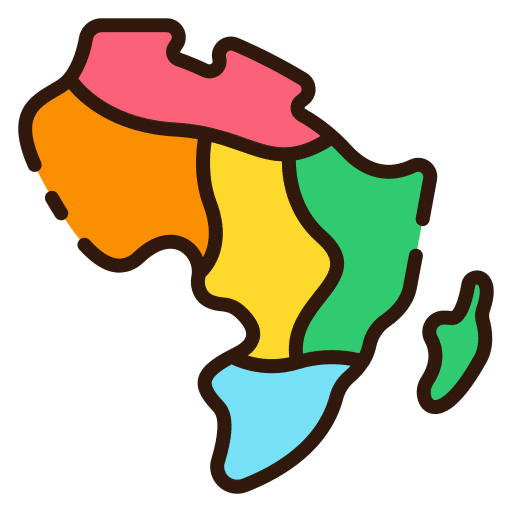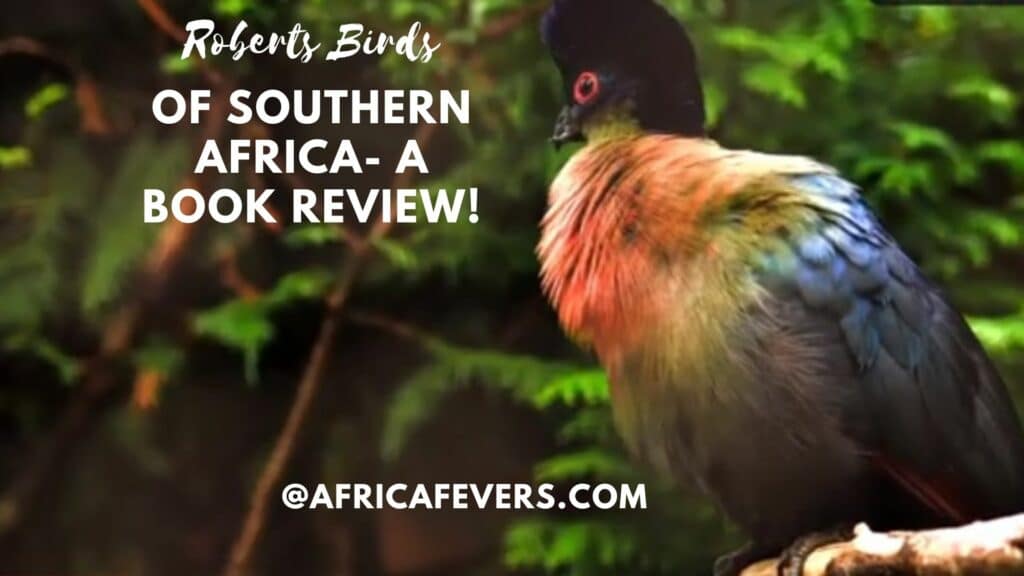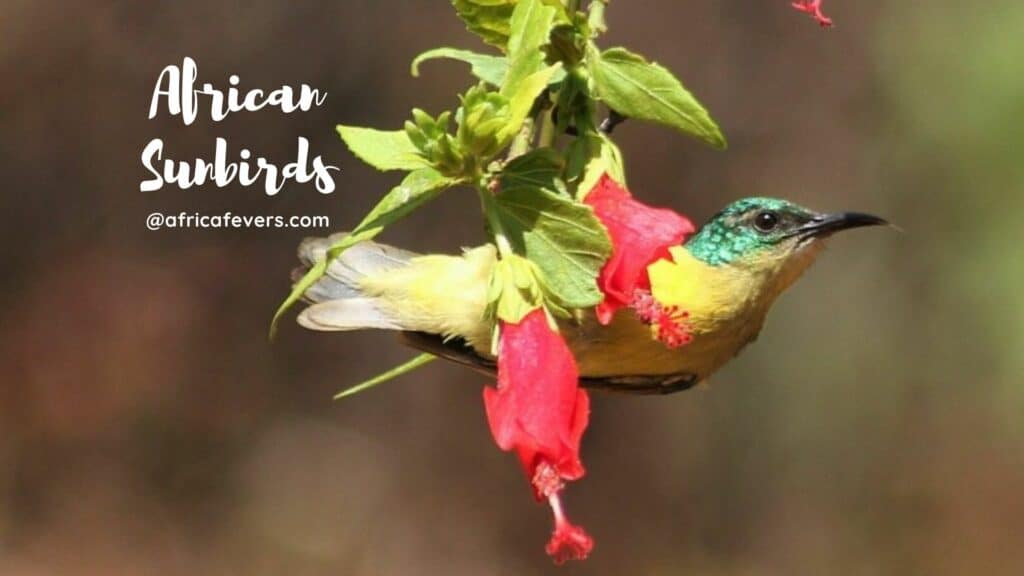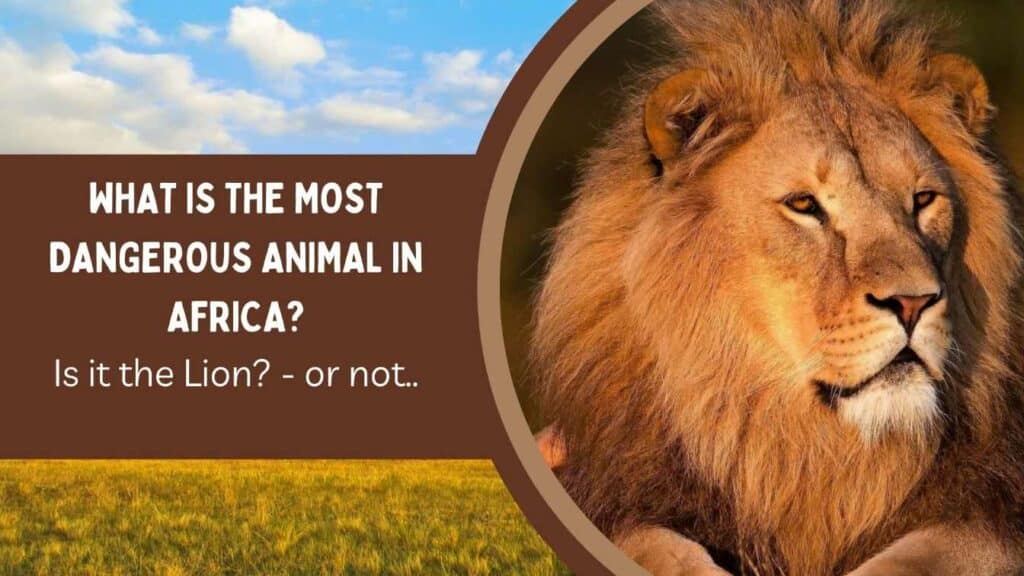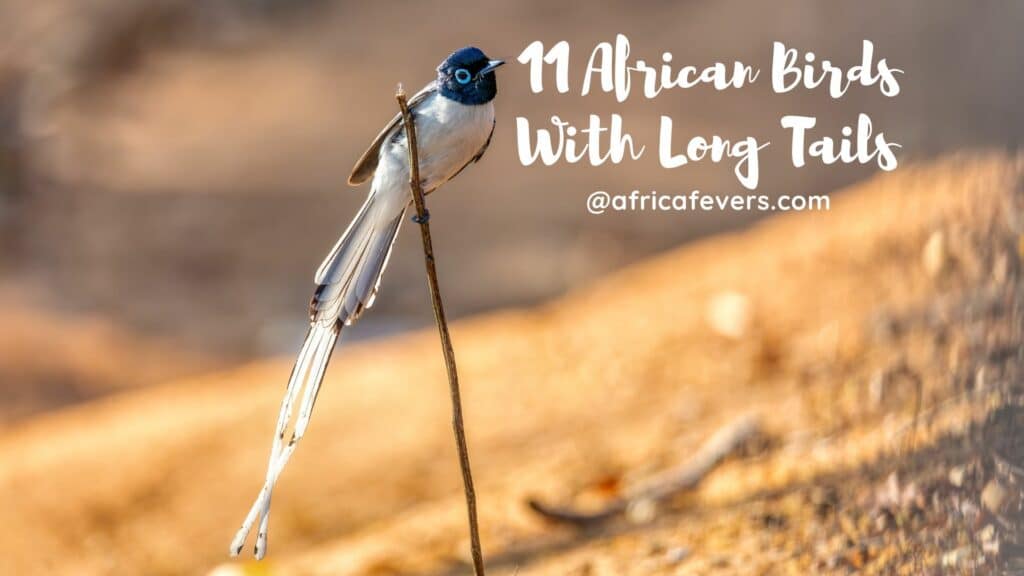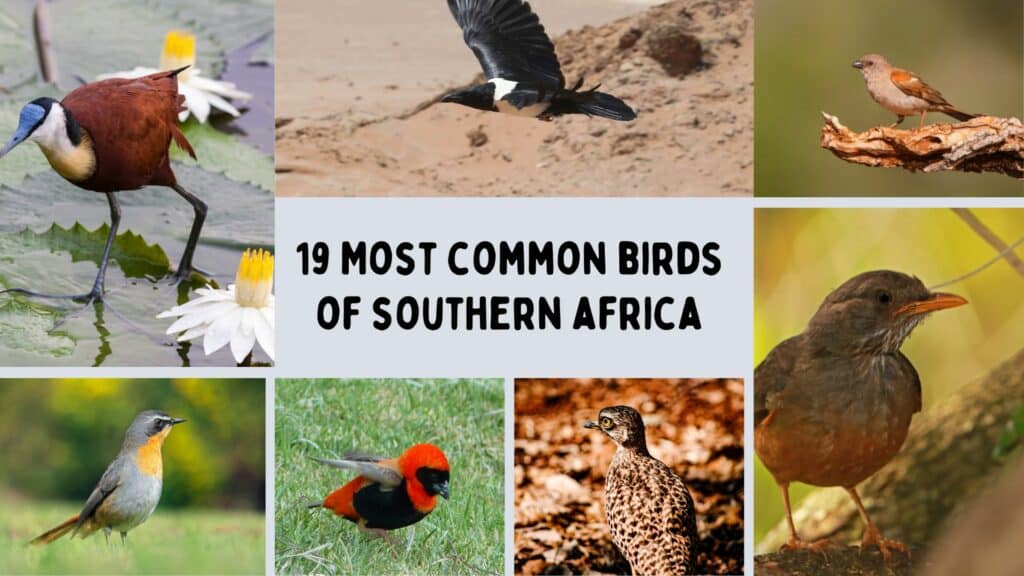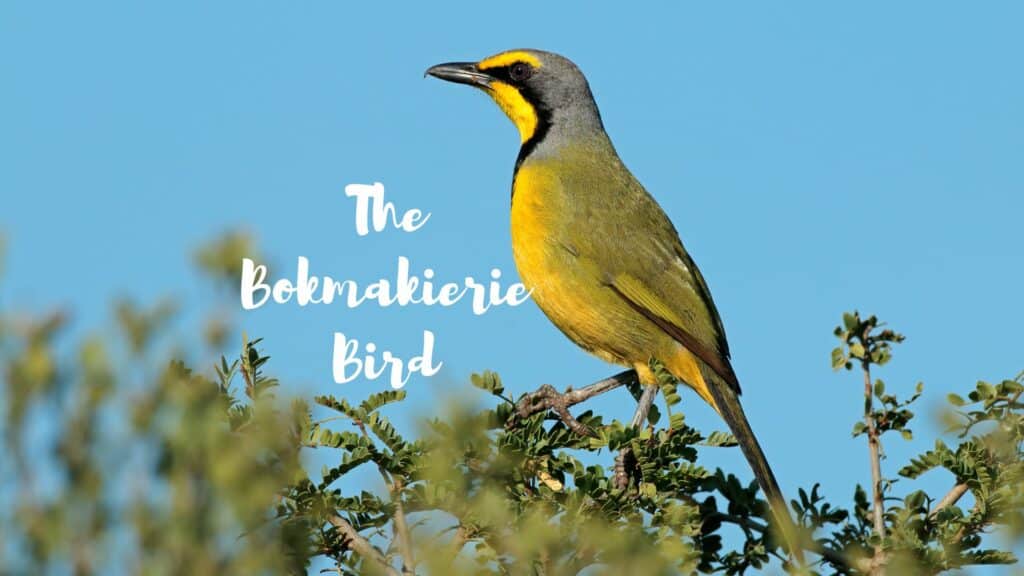Spotting big cats has always been one of my favorite parts of any safari. There’s nothing quite like seeing a leopard slink through the underbrush or watching a pride of lions lounging in the sun. If you’re anything like me, and you’re planning a trip, then you probably want to know exactly where your best chances are to spot one (or 2, or 3, lol). I’ve gathered the most talked-about parks for seeing lions, leopards, and cheetahs across Southern Africa.
Here’s an overview of the parks in South Africa, Botswana, Namibia, Zimbabwe, Zambia, and Mozambique: when to go, how to visit, and what you might expect.

Summary Table: Best African Parks for Big Cat Sightings
In the table below, you can see a quick overview of the best places to spot the big African cats, limited to Southern Africa though!
| Country | Park/Reserve Name | Big Cats Present | Best Visit Months | Safari Type | Popularity |
|---|---|---|---|---|---|
| 🇿🇦 South Africa | Kruger National Park | Lions, Leopards, Cheetahs | May to October | Self-drive & Guided | Very High |
| 🇧🇼 Botswana | Moremi Game Reserve | Lions, Leopards, Cheetahs | June to October | Guided only | High |
| 🇳🇦 Namibia | Etosha National Park | Lions, Leopards, Cheetahs | June to October | Self-drive & Guided | Medium-High |
| 🇿🇼 Zimbabwe | Hwange National Park | Lions, Leopards, Cheetahs | July to October | Guided mainly | Medium |
| 🇿🇲 Zambia | South Luangwa National Park | Lions, Leopards | July to October | Guided only | High |
| 🇲🇿 Mozambique | Gorongosa National Park | Lions, Leopards (no cheetahs) | July to October | Guided only | Low-Medium |

South Africa: Kruger National Park
Kruger is one of the parks I’ve visited more than once, and I still haven’t had enough. With excellent roads, a wide range of accommodation, and all of those big cats, it’s a top choice for both beginners and returning safari-goers. You can self-drive or join a guided game drive. If leopards are on your list, check out the Sabi Sands region: it’s legendary! (although it is adjacent to Kruger Park)
Best time to go: Dry season, from May to October, when animals gather near water.
Tip: For leopards, look for riverbeds and rocky outcrops early in the morning.
Botswana: Moremi Game Reserve
Moremi is one of those places that keeps coming up when I talk to seasoned safari travelers. It’s part of the Okavango Delta, which means lush scenery and a real wilderness feel. You’ll need to go with a guide, but most people (including myself) say it’s worth every cent for the quality of sightings, especially for cheetahs and leopards.
Best time to go: June to October, when floodwaters attract large concentrations of wildlife.
Tip: Game drives often include mokoro (canoe) excursions for a unique angle on animal behavior.
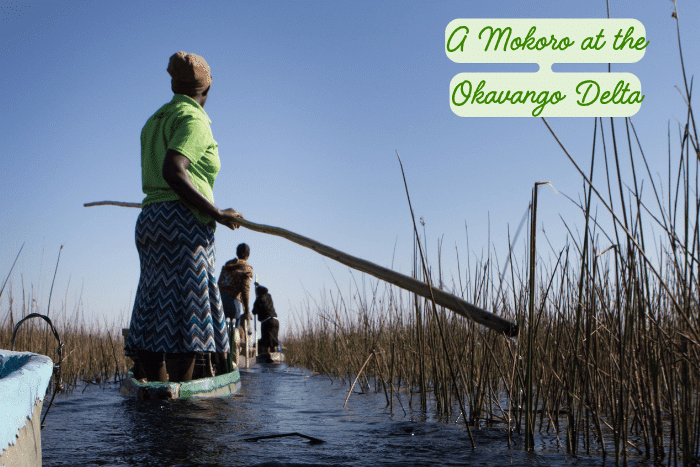
Namibia: Etosha National Park
Etosha surprised me with how easy it is to explore on your own. The landscapes are completely different from the other parks—those huge salt pans make wildlife so much easier to spot. I’ve had great luck at waterholes, especially early in the morning. While leopards tend to be shy here, lions and cheetahs aren’t too hard to find.
Best time to go: June to October, during the dry season when animals gather at the salt pans and waterholes.
Tip: Sit at a waterhole and wait. Patience pays off.
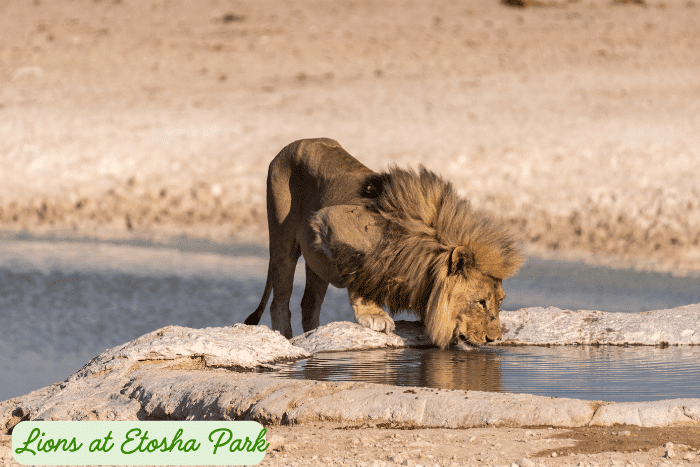
Zimbabwe: Hwange National Park
I stayed in Hwange a few nights and found it much quieter than Kruger, which was a nice change. The guides are very knowledgeable, and the lion population is healthy. It’s a great place to focus on predator-prey action near the watering holes.
Best time to go: July to October, when vegetation is sparse.
Tip: Visit in the dry season for better visibility and predator-prey interaction near water sources.

Zambia: South Luangwa National Park
If you’ve ever wanted to go on a walking safari, this is the place. South Luangwa is a standout for leopard sightings, especially on night drives. I haven’t seen cheetahs here, because they don’t live in the area, but the number of leopard encounters people report is impressive.
Best time to go: July to October.
Tip: Night drives are permitted here, offering a better chance of seeing leopards.
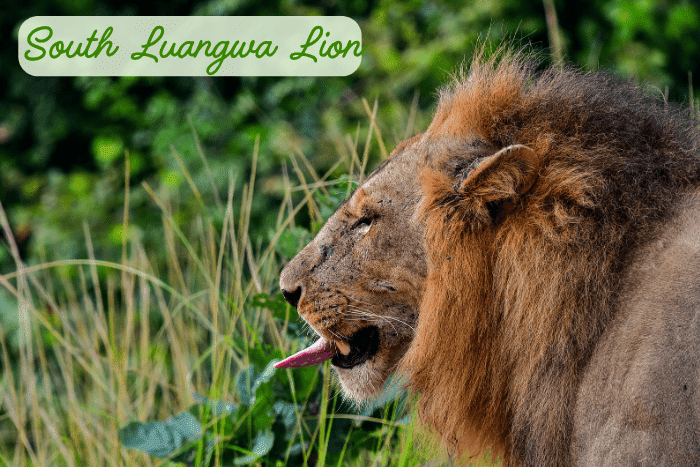
Mozambique: Gorongosa National Park
This one is more off the beaten track. Gorongosa has gone through an incredible restoration effort, and the results are starting to show—especially with lions and leopards. If you’re interested in conservation and don’t mind the less-touristy setup, Gorongosa is a solid choice.
Best time to go: July to October.
Tip: Best suited for travelers interested in conservation-focused tourism with fewer crowds.
Final Thoughts
Each of these parks has something special. If you’re after a polished experience with a strong chance of seeing all three cats, Kruger and Moremi are probably your best bets. If you’re more about remote adventures and fewer people, Hwange or South Luangwa stand out. And if you’re looking for something a bit different, Gorongosa adds conservation into the mix.
No matter which you choose, the dry season (June to October) is consistently the best time for big cat sightings, especially around waterholes and open plains.
Have you ever visited these parks or nature reserves and spotted the big cats of Africa? Please share your story in the comment section below!
Happy travels!
Kind regards,
Lizzy
I now have a YouTube channel as well!
YouTube
Hello Africa travellers!
Who am I? Well, the least you can say is that I am quite crazy about Africa, its nature, its climate, its culture, and more.
As a young woman in my twenties, I had already traveled to several African countries by traveling along in an overlander on my own and mostly camping ( or glamping ) and just fell in love with the diversity of it all.
So much, so that at the age of 26, I went back to university to study biology, which, unfortunately, I couldn’t finish because of health reasons (yes, I got sick from a tropical disease, oh cynicism). But this did not stop my dream of traveling back to Africa several times, and I still do.
My dream was back then to leave Europe and go study animal behavior, especially the elephants (sure, that’s every girl’s dream haha), but I am also very much intrigued by hyenas and other “ugly African animals“.
So, I “kind of” have a little bit of a scientific approach to my articles, when I write about African birds, for example. And most of all: the passion.
But life goes on, you move from one side of the country to the other, you get sick again and top it off with lower back problems, and before you know it, you are over 50 hahaha!
Now, I still travel to Africa, but take it a bit “easier” than the good old camping days, and stay in comfortable, yet affordable accommodations, together with my husband Wouter.
These are some of the countries I have traveled to: Kenya, Tanzania, Zanzibar, Malawi, Zambia, Zimbabwe, South Africa, Namibia, Botswana, Tunisia, and a little bit of Lesotho LOL .
While clearly not being African territory, but Spanish, I also visited Gran Canaria and Tenerife, and location-wise, I consider them “African”, because of their climate and nature, sue me :-p
The last trip I took was to South Africa in the year 2023, and it sure got the fevers for Africa back! From the Barberton mountains to the Drakensberg and the Southcoast, one month wasn’t enough at all to see the whole country, so we’ll be back! At ease and with a little bit more luxury than in my younger days haha!
I wish you happy travels!
Kind regards
Lizzy
